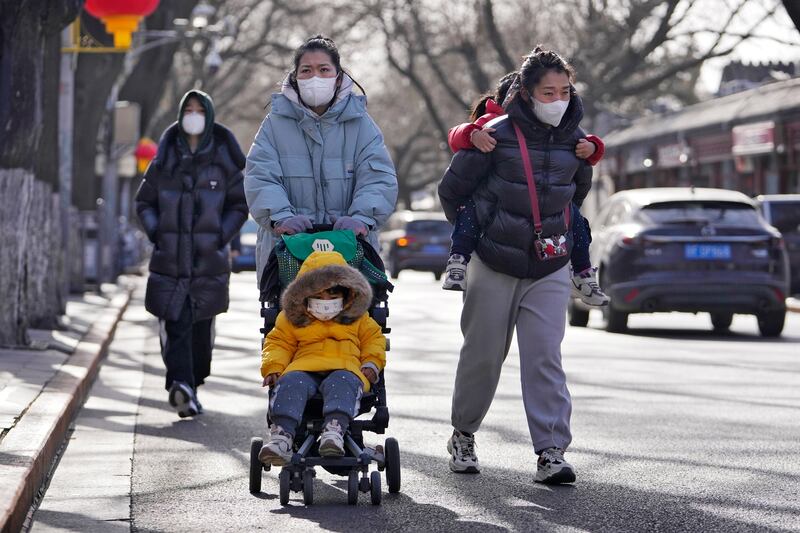Concerned about too many births, China for years restricted the number of children a family could have. It dropped its one-child policy in 2015. Now, faced with a declining population, China plans to offer free fertility treatment to boost its sagging birthrate.
China’s National Healthcare Security Administration announced Friday that the government will cover some of the cost to help couples trying to become pregnant. And it will cover the cost of medication to ease the pain of childbirth, too, according to CNN.
While couples in China can now legally have up to three children, the birthrate is low enough that actual population growth is unlikely, experts say. But preventing further decline might be possible.
According to The New York Times, China made assistive reproductive technology like in vitro fertilization legal in 2001 and now wants to make it “more accessible” to those who could otherwise not afford it.
“It has promised to cover some of the cost — typically several thousand dollars for each round — under national medical insurance,” the Times reported. “It is one of more than a dozen policy measures that Chinese officials are throwing at what they see as a very big problem — a fertility rate so low that China’s population has started to shrink.”
The article said China has reached this point much more quickly than experts expected, “leading to what some demographers refer to as the curse of ‘getting old before getting rich.’”
Per CNN, “The administration described China’s falling population as one of the biggest obstacles to national development and stressed it had already added certain ovulation-inducing drugs to its coverage, to help ‘reduce the burden of infertility.’”
The Chinese government is facing many of the challenges that the Deseret News has reported can arrive with a shrinking population, from a too-small workforce supporting programs needed to help those who are elderly, to not having enough workers and an economy that can stagnate.
Since many young people in China are not interested in having children, it may be even more important to help those who want children but struggle to have them, Chinese officials say.
“This is the single biggest challenge facing China as it tries to reverse its falling birthrate,” per The New York Times. “Young people complain about the financial burden of having children and their own economic uncertainty, and push back on traditional ideas about the woman’s role as a caretaker at home. Many have expressed a desire to focus on their careers, while others have embraced a lifestyle known as ‘double income, no kids.’”
CNN said China’s population fell to 1.4 billion in 2022, a decrease of 850,000 people from 2021, based on data from China’s National Bureau of Statistics. And its birthrate hit a historic low of 6.77 births per 1,000 people.
The article said some regions in China now allow registration of those born to unmarried mothers, though there’s still a stigma. Registration provides access to benefits they were previously denied, like childbirth-related care and maternity leave.
Many are concerned by America’s shrinking birthrate, too.
A different New York Times article notes that some countries, including the U.S. and Germany, have been able to count on immigration to counter relatively low birthrates. “But for countries with negative net migration, such as China, more people requires more babies.”
The article notes that “experts say the most effective initiatives address social welfare, employment policy and other underlying economic issues. France, Germany and Nordic countries like Sweden and Denmark have had notable success in arresting the decline in birthrates, often through government-funded child care or generous parental leave policies.”
Even so, none of those countries achieved “sustained return” to the replacement rate of 2.1 children per woman, the Times reported.


